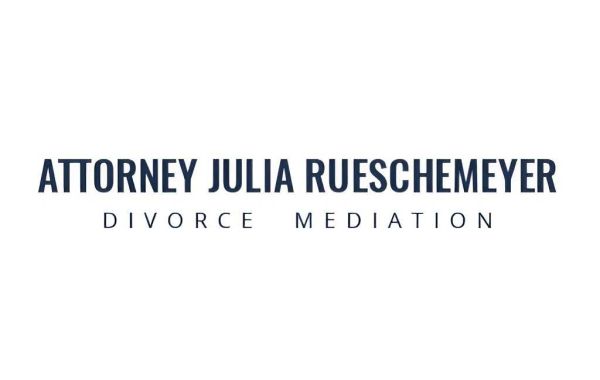Detecting damage in a fiber-coupled acousto-optic modulator (FCAOM) can be tricky because internal components are inaccessible for direct inspection. However, several signs can indicate potential issues:
Unusual Behavior
- Reduced Light Output: A noticeable drop in output light power compared to usual readings is a potential sign of damage. This could be due to misalignment of the fibers with the crystal, internal degradation of the crystal, or dirty fiber connectors.
- Slow Response Time: If the FCAOM seems sluggish in responding to the RF signal for modulation, it might indicate problems with the RF driver or its connection.
- Unusual Noise: Unexpected noises emanating from the FCAOM during operation could suggest issues with sound wave generation. This could be due to a malfunctioning piezoelectric transducer or internal damage within the crystal.
Visual Inspection
- Cracks or Physical Damage:Carefully examine the FCAOM housing for any visible cracks, chips, or other signs of physical damage. These could impact the device's performance or signal integrity.
Performance Verification
- Compare to Baseline: If you have documented baseline performance data (output power, response times) for your FCAOM, compare current readings to identify any significant deviations that might suggest degradation.
Additional Tips
- Start with Simple Checks:Begin by checking for easily fixable issues like dirty fiber connectors. Clean them following manufacturer recommendations and see if performance improves.
- Consult the Manual: The manufacturer's manual may outline troubleshooting steps for common problems. Refer to it for guidance specific to your FCAOM model.
- Systematic Testing: If the issue persists, consider systematic testing by varying the input RF signal characteristics (frequency, amplitude) and monitoring the output response. Deviations from expected behavior might provide clues about the source of the problem.
Seeking Professional Help
- Complex Issues:If the problem is beyond your expertise or involves internal component failure, seek assistance from a qualified technician or the FCAOM manufacturer. They have the necessary tools and knowledge for proper diagnosis and repair.
- Warranty Claims: If the FCAOM is under warranty and you suspect damage due to a manufacturing defect, contact the manufacturer to initiate a warranty claim process.
Remember, noticing any of these signs doesn't necessarily confirm permanent damage. It emphasizes the need for further investigation to identify the root cause and determine the best course of action. By following these suggestions and consulting the manufacturer's resources, you can effectively diagnose potential damage in your FCAOM and ensure its continued operation.








